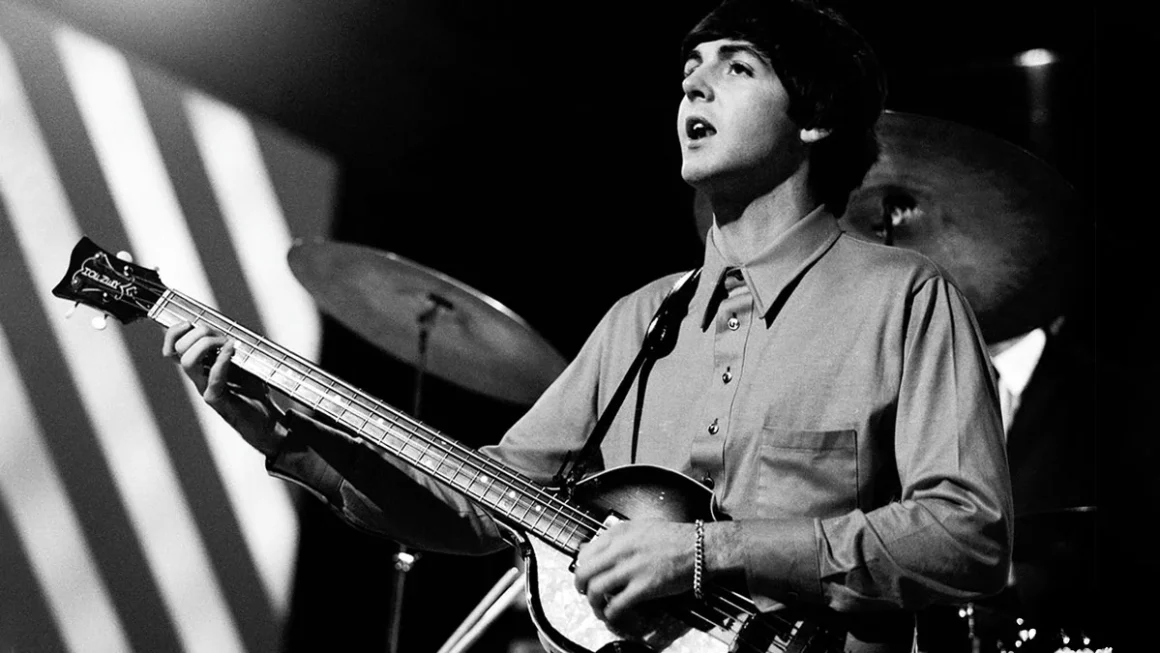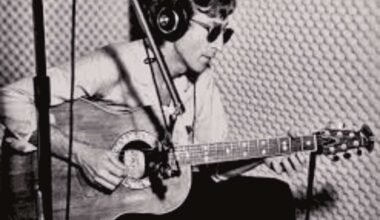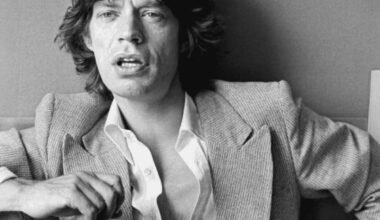In the 1960s, The Beatles consistently pushed the boundaries of music, aiming for revolutionary sounds.
As the rock landscape expanded, the band began to experiment with studio capabilities, seeking innovative ways to remain at the forefront of pop music.
While Paul McCartney appreciated crafting classic ballads, he acknowledged that by the time of Revolver, George Harrison had developed an unmatched approach to guitar solos.
Lead guitar responsibilities were often a sensitive topic within the band.
Although Harrison reliably delivered standout solos, it likely stung when McCartney would step in to play solos on tracks like “Taxman” and “The Night Before,” believing he could do better.
These solos were certainly playable, but after their experimentation with substances on Rubber Soul, Revolver marked a significant shift where the studio became a playground for their creativity.
Touring continued, but there was less concern about replicating guitar parts exactly or the intricacies of overdubs during live performances.
With “Tomorrow Never Knows” setting a new standard for studio experimentation, “I’m Only Sleeping” served as a more accessible introduction to their innovative approach.
Fans were accustomed to John Lennon’s folk-inspired sound, but this track, celebrating laziness, showcased one of the first backward guitar solos in recorded history.
Lennon had stumbled upon the technique while reversing a demo while working on “Rain,” and from that point, everything needed to be played in reverse.
However, Harrison carefully crafted each note to ensure it would sound coherent when reversed, creating a solo that felt as if it originated from another galaxy.
McCartney, although uninvolved in the process, praised this evolution in guitar playing, remarking in Rolling Stone, “It was a beautiful solo. It sounds like something you couldn’t play.”
This sparked a wave of attempts to create backward music, yet by the time they reached Sgt. Pepper’s Lonely Hearts Club Band, the group was already moving on to new phases of musical exploration.
Despite the challenge of the backward technique, Harrison had no intention of reverting to his previous style.
His evolution as a guitarist was evident in his work on Abbey Road, where he transformed into a musician whose playing rivaled the lead vocals, as seen in tracks like “Something” and “Let It Be.”
As he began to explore traditional Indian music in later years, Harrison had solidified his status as more than just a great lead guitarist on “I’m Only Sleeping.”
He had become a musical innovator, paving the way for others to catch up throughout the remainder of the 1960s.







